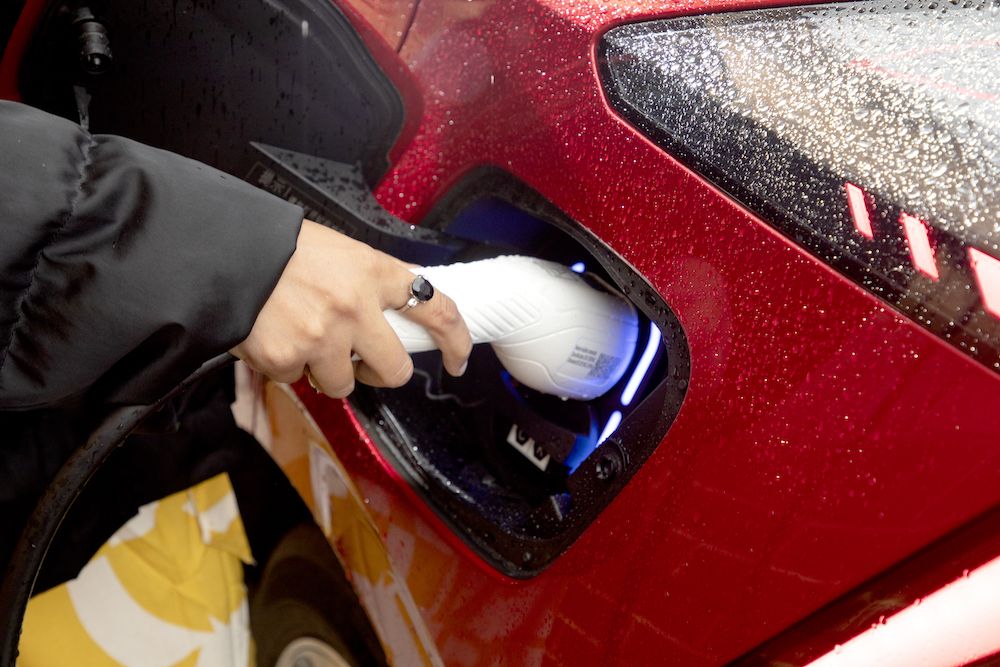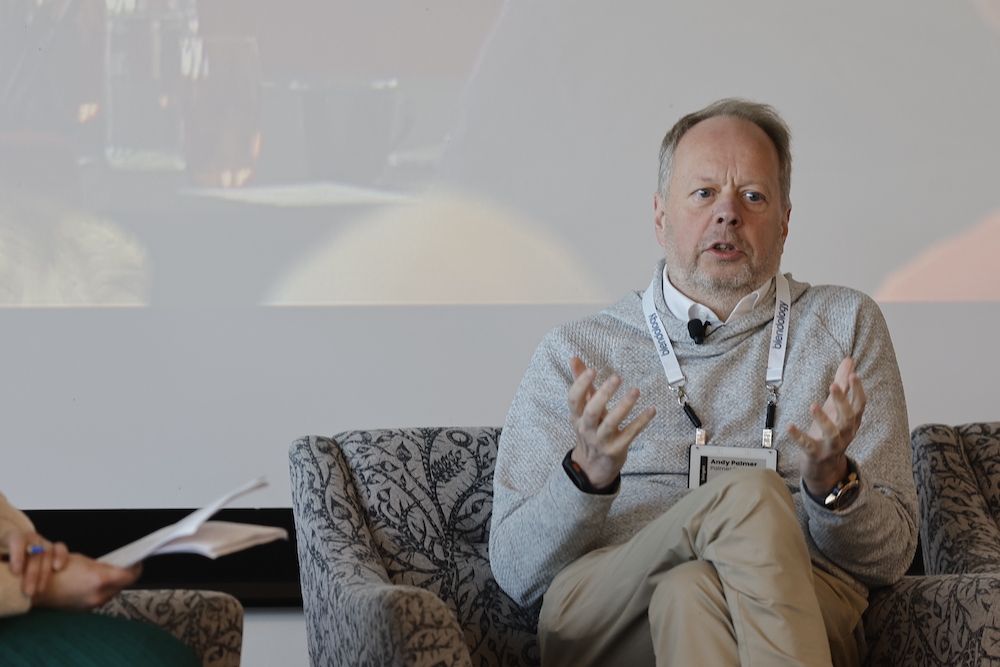Inaccessible cross-pavement charging products and complex installation processes risk excluding many drivers from affordable home charging, according to a new report by Motability Operations.
The study, called ‘Home charging for all: Ensuring cross-pavement products are accessible’, found that after testing cross-pavement products with Motability Scheme customers, several issues were identified that make many products unusable for disabled drivers.
These include requiring bending and kneeling, strength and dexterity with heavy and awkward mechanisms, and wheelchair inaccessibility as some products are not usable from a seated position. In addition, some products can also create physical hazards for disabled people if cables or covers obstruct pavements.
Alongside challenges with accessibility, installation processes of cross-pavement products also present an obstacle as people must receive planning permission from their local authority.
This process can cost between £800 and £1,200, and requires significant effort from the individual to provide the council with the right information, including liability agreements; maintenance responsibilities; and local landscape information, it said.
To combat concerns, Motability Operations is working with cross-pavement manufacturers to shape the design of these products and partnering with local councils on trials. This includes Stoke-on-Trent Council, where Motability Operations is identifying drivers on the Scheme who could take part in the pilot, and funding the provision of chargers where the council approves a cable channel.
It is also making recommendations for how planning processes could be simplified, including applicants being able to provide photographs of properties, rather than complete lengthy application forms.
Rose Gee, Motability Scheme customer, said:
“The idea to switch to an EV came from our son. He already had an EV and kept telling us how cheap and convenient it was to run. We started to look into charging options before we switched to an EV and decided on a home charger.
“The process with the council was long and difficult – we were passed between three different councils and the housing association. Once we got permission for a Gul-e, the installation was quick. Thanks to our EV specific tariff, charging at home costs us about £7 overnight for a range of 300 miles.”
Andy Broadfield, MD of Electric and Insurance at Motability Operations, said:
“We welcome the Government’s investment, announced last month, for at-home charging solutions for those without driveways. This funding is a vital step forward to ensure thousands are not left behind as manufacturers shift production to electric.
“However, if the transition is to work for everyone, the charging infrastructure must be accessible and readily available. That’s why we have worked with our customers to actively research and understand the barriers facing accessible cross-pavement charging products.
“Now, we are calling for further collaboration with cross-pavement product manufacturers and local authorities to help develop, and swiftly install, accessible solutions that help keep people mobile, now and in the long-term.”
Image courtesy of Motability Operations








